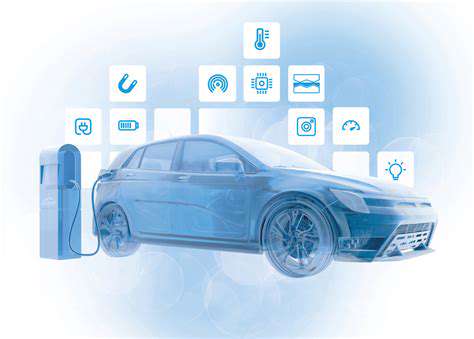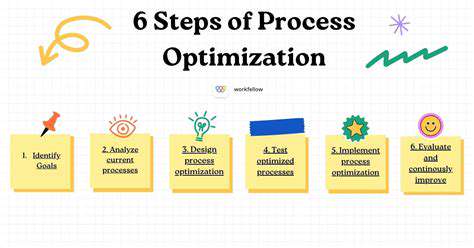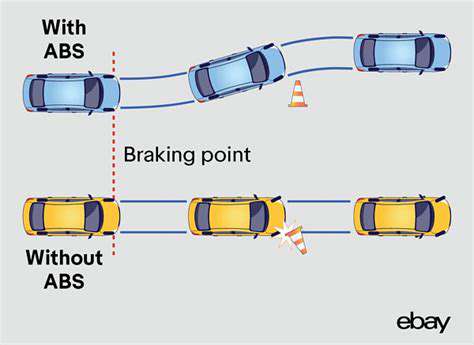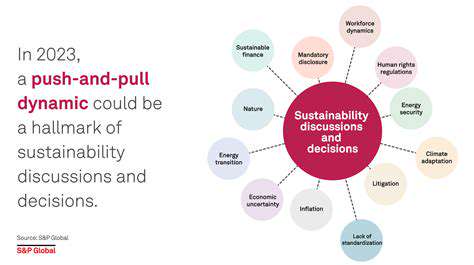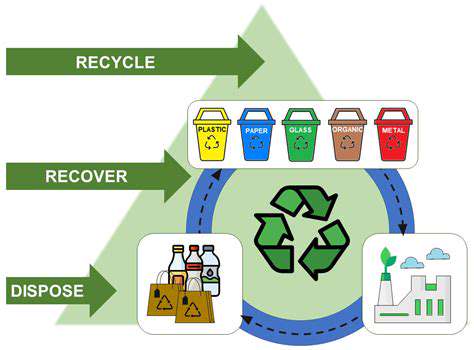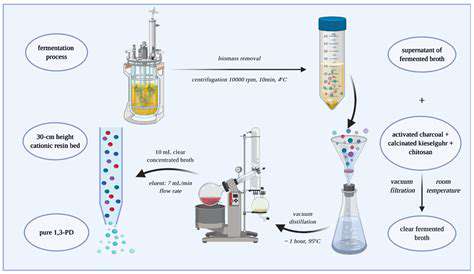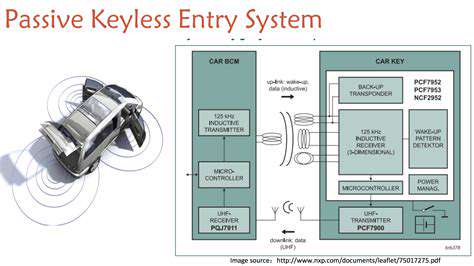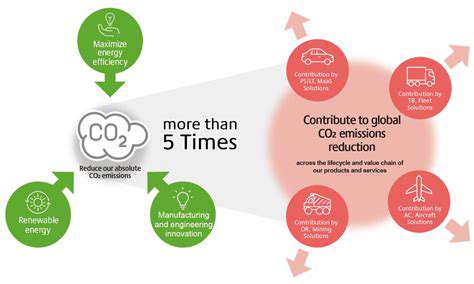Early Days of Navigation
Before smartphones and GPS, travelers relied on paper maps to navigate. These folded sheets, often worn from use, required careful study to decipher routes between towns. Planning a trip meant hours tracing roads with your finger, memorizing turns, and preparing for wrong turns. The physical act of unfolding and refolding maps became part of the journey's charm. Unlike today's digital tools, paper maps demanded attention to detail and created a tangible connection to the landscape.
Road trips with paper maps involved more than navigation - they required problem-solving skills. When a road was closed or a detour appeared, drivers had to quickly locate alternatives using only their map and surroundings. This hands-on approach made travelers more aware of their environment. The rustling sound of unfolding maps and the satisfaction of finding your location created memories digital navigation can't replicate.
The Rise of the Printed Guidebook
As travel became more popular, guidebooks joined maps as essential trip companions. These books offered more than directions - they provided local history, restaurant recommendations, and hidden attractions. Travelers could read about a town's background while planning their route, making the journey more meaningful.
The best guidebooks included tips from locals, helping visitors experience destinations like residents rather than tourists. Unlike today's online reviews that can be faked, these printed recommendations came from trusted sources who knew the area well. Guidebooks turned trips from simple point-to-point travel into cultural experiences.
The Introduction of the Road Atlas
Road atlases combined multiple maps into organized collections, making cross-country travel easier to plan. Drivers could see entire states or regions at once, spotting alternate routes before leaving home. The detailed city insets helped navigate unfamiliar urban areas where main roads might suddenly change names.
Families often marked their atlases with notes about good rest stops or scenic viewpoints, creating personalized travel guides. These annotated atlases became keepsakes of past adventures. The comprehensive nature of road atlases gave drivers confidence to explore beyond their usual routes.
The Advent of the First Automotive Navigation Tools
Early navigation devices represented the first shift toward digital assistance. While primitive compared to today's systems, they eliminated some guesswork by providing basic route calculations. These tools worked without internet connections, relying instead on preloaded data or simple directional sensors.
Drivers still needed to interpret the device's suggestions and correlate them with actual road signs. This transitional technology maintained some navigation skills while introducing the convenience of electronic assistance. These early devices paved the way for today's sophisticated systems while keeping drivers engaged in the navigation process.
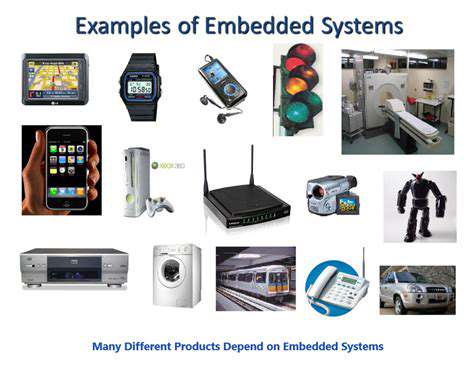
The Integration of Connectivity: From Simple Directions to Personalized Experiences
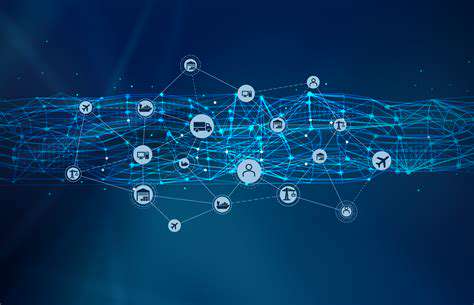
The Rise of Connected Devices
Modern navigation blends with other connected technologies to create smarter travel experiences. Vehicle systems now communicate with infrastructure and other cars to provide real-time updates. This network of information transforms how we experience roads and destinations.
Enhanced Communication and Collaboration
Connectivity allows travelers to share recommendations instantly. Instead of waiting for guidebook updates, drivers access current information from other users. Real-time collaboration makes every traveler part of an information network that improves with each journey.
Data Collection and Analysis
Modern systems learn from aggregate driving data to suggest better routes. By analyzing millions of trips, navigation apps identify patterns no single driver could detect. This leads to surprisingly efficient routes that avoid newly congested areas before most drivers notice the slowdown.
Improved Efficiency and Productivity
Connected navigation saves businesses millions in fuel and time. Delivery companies optimize routes dynamically, adjusting for traffic in real time. The economic impact of efficient routing affects everything from product prices to emergency response times.
The AI Revolution: Predictive Insights and Enhanced Safety

The Rise of Predictive Insights
AI analyzes historical traffic patterns to predict future conditions with surprising accuracy. This technology doesn't just react to current conditions - it anticipates problems before they occur. Predictive navigation transforms travel from reactive to proactive.
Enhanced Safety Features
Modern systems don't just guide drivers - they protect them. By analyzing road geometry, weather, and driver behavior, AI can warn of dangerous conditions before they become critical. Some systems even suggest rest stops when detecting signs of fatigue in driving patterns.
Personalized Travel Experiences
AI remembers individual preferences, suggesting stops matching your interests. Whether you prefer scenic routes or fastest arrival, the system learns and adapts. This personalization makes each journey uniquely suited to the traveler.
Ethical Navigation
As systems collect more data, privacy protections become crucial. Responsible companies anonymize data and allow users to control what's shared. The best systems balance convenience with respect for personal information.
